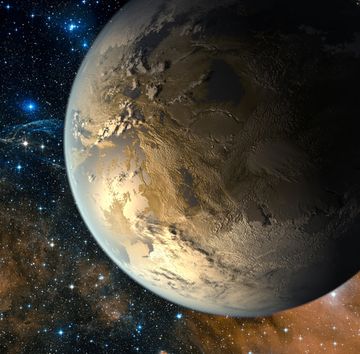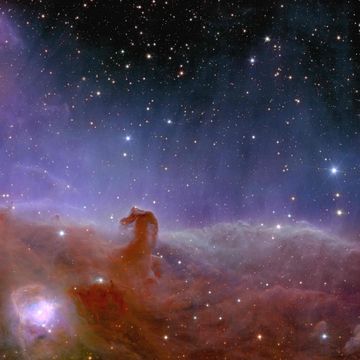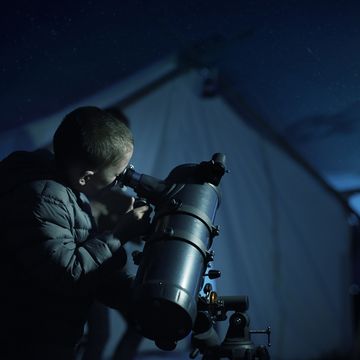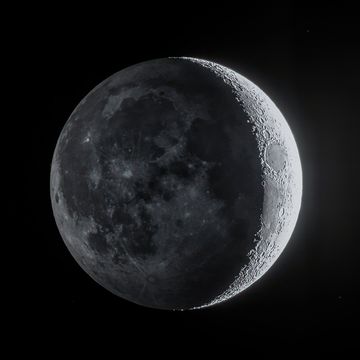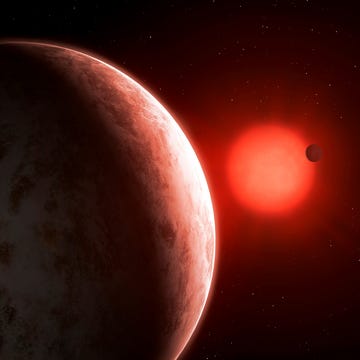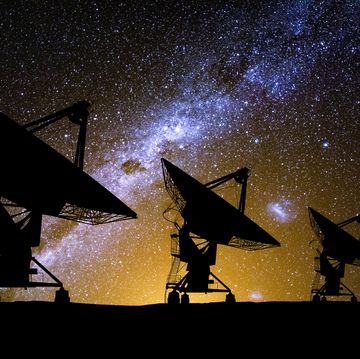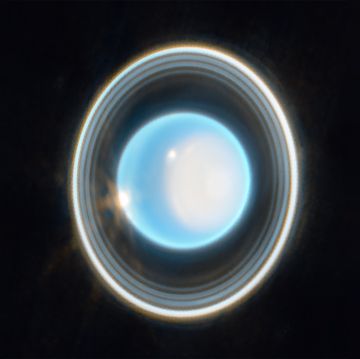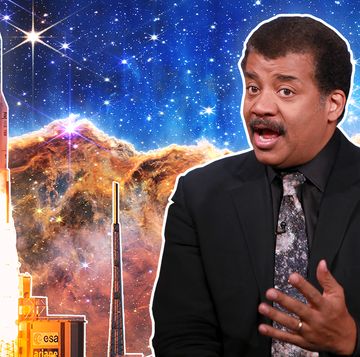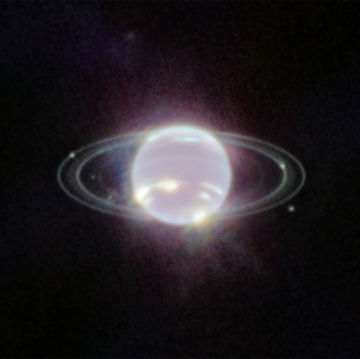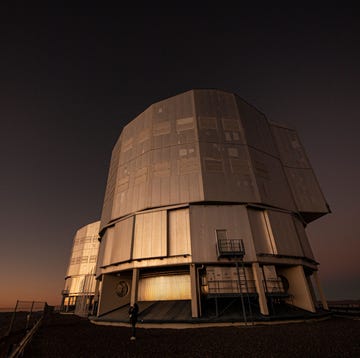After an extraordinarily durable run, NASA's Kepler space telescope is finally running out of gas. The agency expects Kepler to burn the last of its fuel within the next several months, ending nine years of incredible science searching for planets beyond the solar system. Trailing behind the Earth as it orbits the sun, the space telescope has located more than 2,500 confirmed exoplanets.
Launched in 2009, Kepler is designed to scan the skies for planets by detecting the dip in brightness of their host stars as the planets pass in front. The space telescope's primary mission was only to last three and a half years, but after "outstanding success," its mission was extended through 2016.
However, mechanical problems began to plague the space telescope in 2012 and 2013. Two of its reaction wheels failed, which are used to point the telescope at target stars and their orbiting planets. The telescope still works, but the craft carrying it could not stabilize the optical components, threatening to end the mission. But then NASA found a fix.
"Using the sun and the two remaining reaction wheels, engineers have devised an innovative technique to stabilize and control the spacecraft in all three directions of motion," NASA explained at the time. "To achieve the necessary stability, the orientation of the spacecraft must be nearly parallel to its orbital path around the sun."
The new jury rigging technique marked the beginning of the K2 mission. Although the spacecraft is tipped over, it can use solar wind particles to keep stabilized. The method was a resounding success. Within months, the K2 campaign had already discovered its first exoplanet, a super-earth known as HIP 116454b.
K2 has focused on densely packed clusters of stars to look for planetary transits, the blips in a star's light from a planet circling around it. This second mission has discovered over 300 exoplanets and spotted almost 500 more candidates.
In its reborn state, scientists thought K2 would only have enough gas for 10 transit-searching campaigns. Defying expectations yet again, the telescope is currently on its 17th campaign.
There's no gas gauge on the spacecraft, so NASA has been relying on telltale signs like drops in the fuel tank’s pressure and changes in the performance of K2's thrusters to estimate how much the spacecraft has left. There haven't been any warning signs yet, but NASA is growing cautious. The agency hopes to end science operations with enough fuel left over to direct the craft back to Earth.
The Kepler space observatory has found more exoplanets than any other observatory, a resounding success that no one could have imagined when the craft launch nearly a decade ago.
Source: NASA
David Grossman is a staff writer for PopularMechanics.com. He's previously written for The Verge, Rolling Stone, The New Republic and several other publications. He's based out of Brooklyn.


